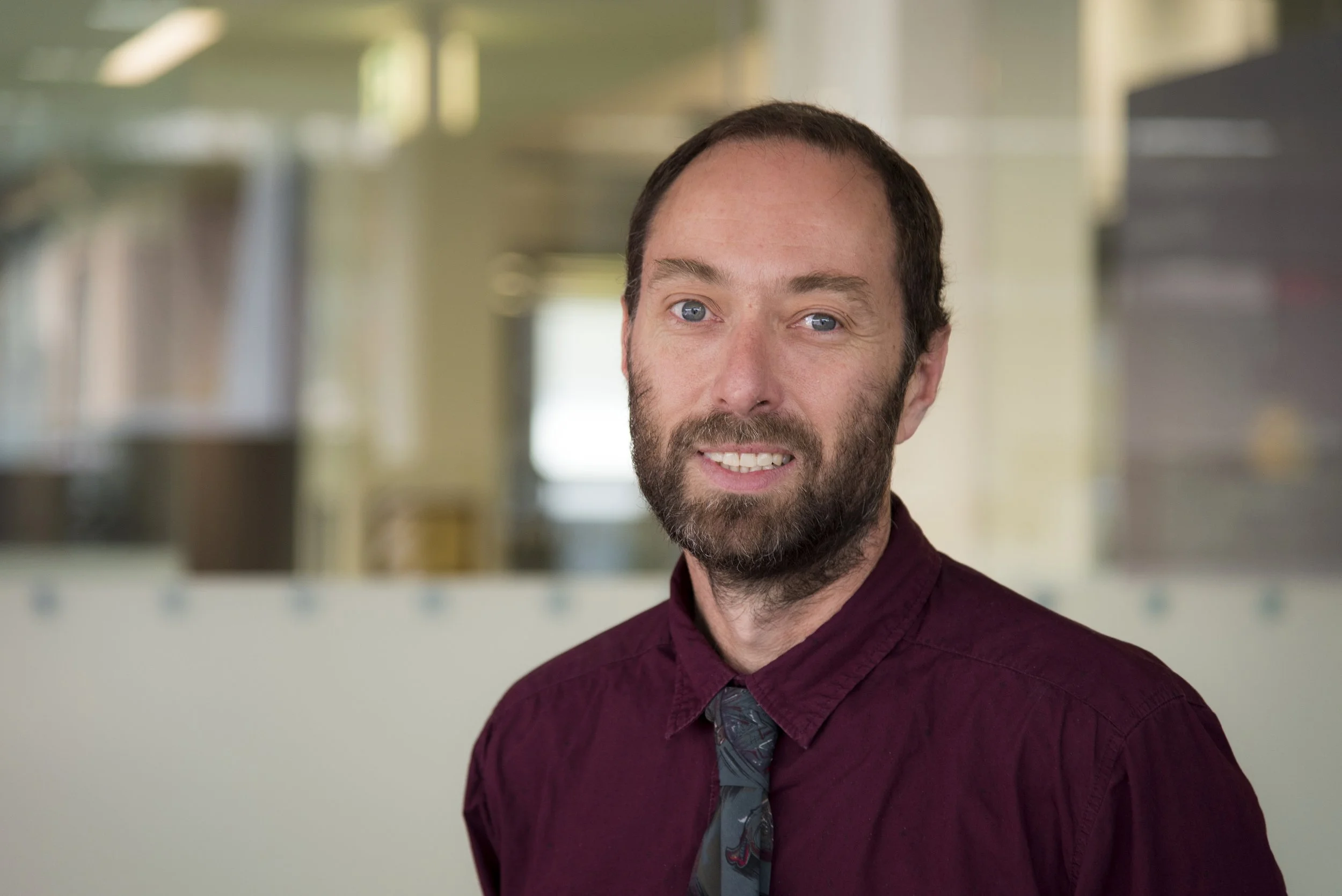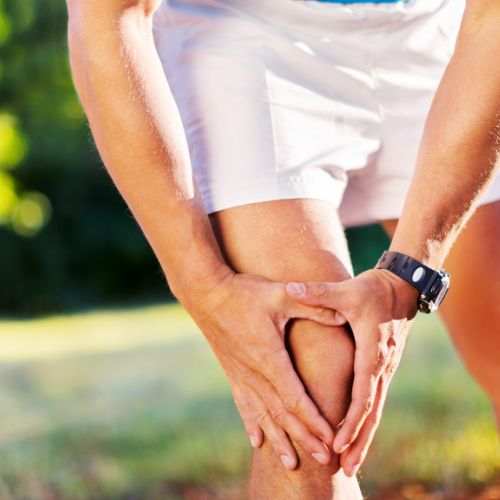Improving long-term physical activity before and after surgery
Associate Professor Andrew Williams.
There is growing evidence on the benefits of increased physical activity after surgery. But how do health professionals ensure patients remain engaged, supported and empowered to gain the maximum effect?
Improving long-term physical activity before and after joint replacement surgery was the focus of 2017 research study led by Dr Marie-Louise Bird and Associate Professor Andrew Williams, and recently published in the Osteoporosis and Cartilage Open journal.
This study used principles of behaviour change to promote engagement and individualised exercises in a group setting, for increased uptake of physical activity.
With the aim of improving health and surgical outcomes, it found participants who completed the intervention had increased understanding of and motivation to exercise following the surgery. They also reported physical and mental benefits, including being better prepared for surgery.
While there was no reported difference in physical activity levels after the surgery between the intervention and control group, lead author Associate Professor Williams said the project highlighted important components for delivery of successful group education exercise services.
It also shed a light on challenges with recruiting and providing face-to-face programs to people serviced by the Launceston General Hospital.
“Studies like this, in our community, are really helpful in identifying local contextual factors that inform both future research and service provision,” Associate Professor Williams said.
“One important learning from our recruitment was that our local hospital serves a large geographical area. This means that travelling for face-to-face sessions twice a week is really hard for a lot of people.
“Future research and health services may benefit from developing and supporting programs in regional areas.”
There were several novel features of this study, including its focus on physical activity as an outcome after surgery.
Associate Professor Williams said surprisingly, after a joint replacement many people don’t re-engage with the levels of physical activity that will help them be healthy and prevent the development of other chronic conditions – like heart disease and diabetes.
“It is important that after surgery people are supported to gain the maximum benefit of that surgery and an approach to focus on activity, rather than pain, has potential to make ongoing differences in people’s lives,” he said.
“Other programs have combined education and exercise with short-term benefits, however these often don’t translate to long-term behavioural change. Our program developed arthritis-specific behaviour change resources that were integrated with the exercise program over 12 weeks.
“So, behaviour change is much more than education, but the behaviour change focusses more on empowering people to make change in their life and take charge of their health.”
This study was made possible by a $51,965 grant from the Clifford Craig Foundation.


